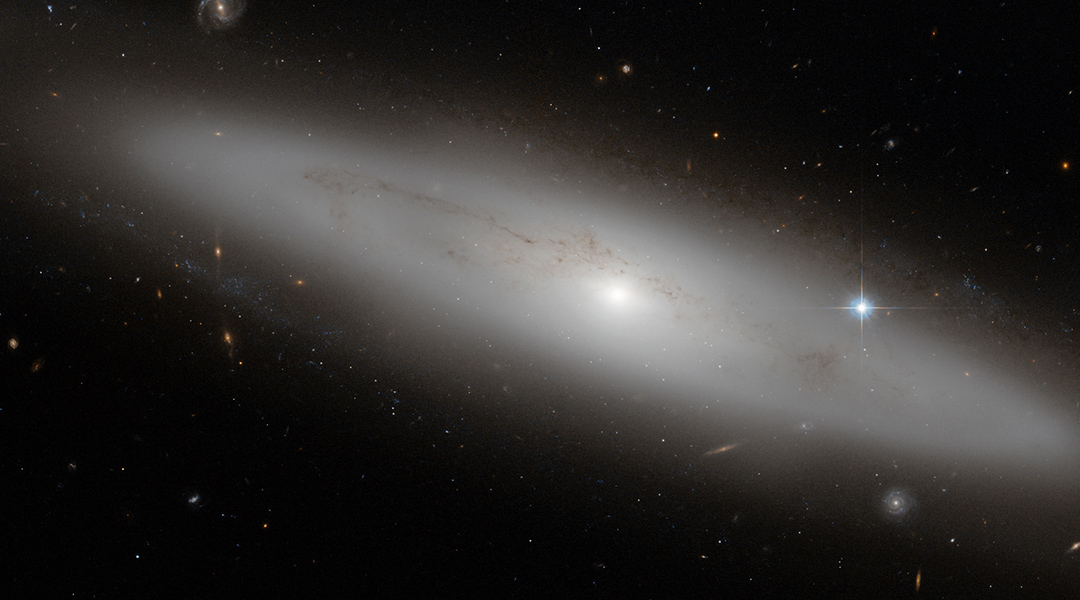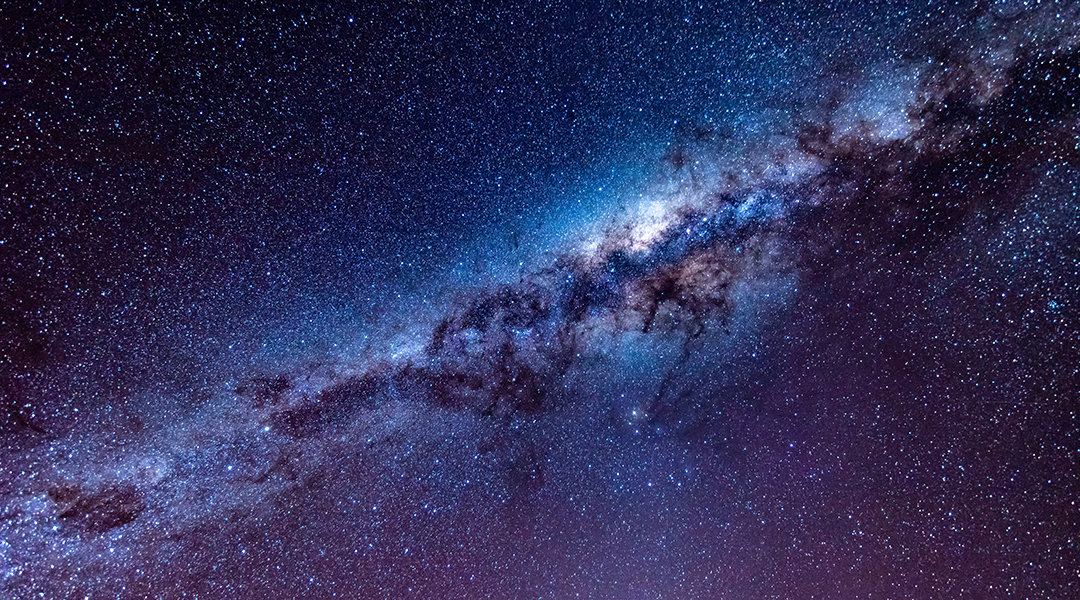New high-resolution X-ray data reveal that turbulent gas motion, not just black hole activity, prevents star formation in cluster cores.


New high-resolution X-ray data reveal that turbulent gas motion, not just black hole activity, prevents star formation in cluster cores.

The galaxy 9io9 is seen as it was when the cosmos was just 2.5 billion years old, making this the earliest galactic magnetic field ever observed.

Comparing simulated X-ray emissions from galaxy clusters to real observations provides support for the Standard Model of Cosmology.

An unexpected finding in the heart of the NGC 3182 galaxy led to an intriguing search for the origins of a ring of star-forming gas.

Strange behaviour in an isolated galaxy leads to the discovery of matter in a region of space previously thought to be empty.

Water and carbon detected in a galaxy 13 billion light-years away provide a glimpse into how these elements impacted the development of the early universe.

New image made using NASA’s Chandra X-Ray Observatory hints at previously unknown interstellar energy source at the Milky Way center.

Chemical signatures give away the distance to the farthest galaxy, which experts say defines the very boundary of the observable universe.

Research sheds new light on our hope of finding intelligent life across the galaxy.

Subtle inflaton interactions may reshape our understanding of cosmic inflation, altering predictions about dark matter, black holes, and gravitational waves.